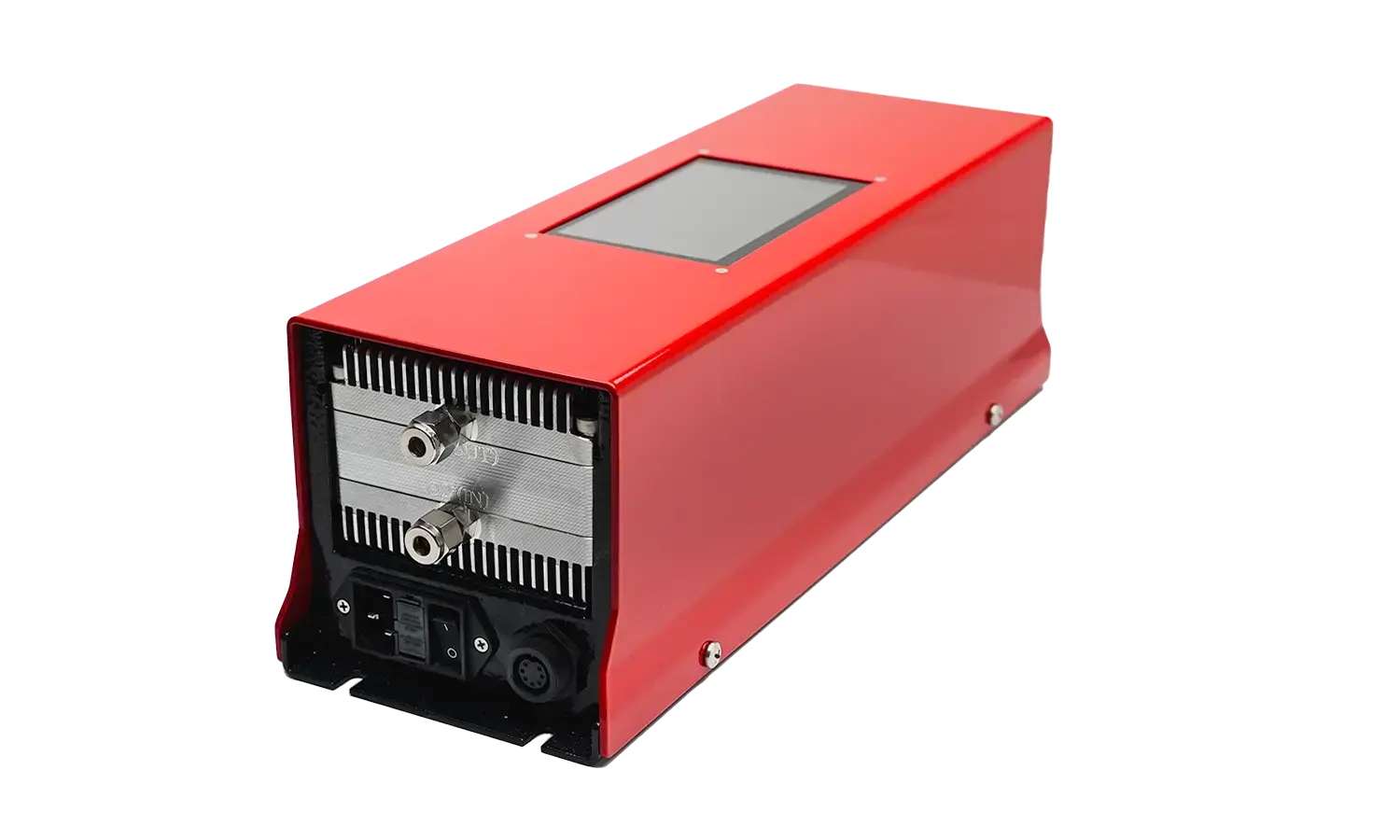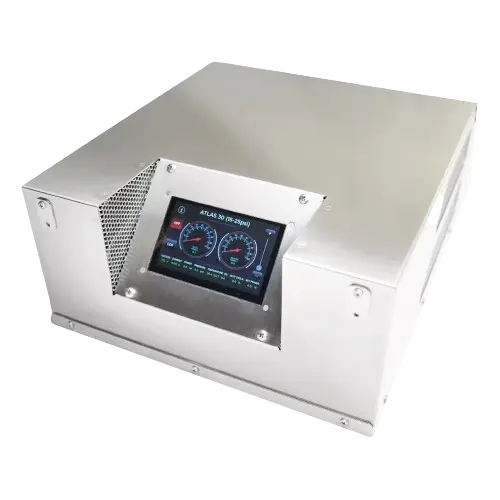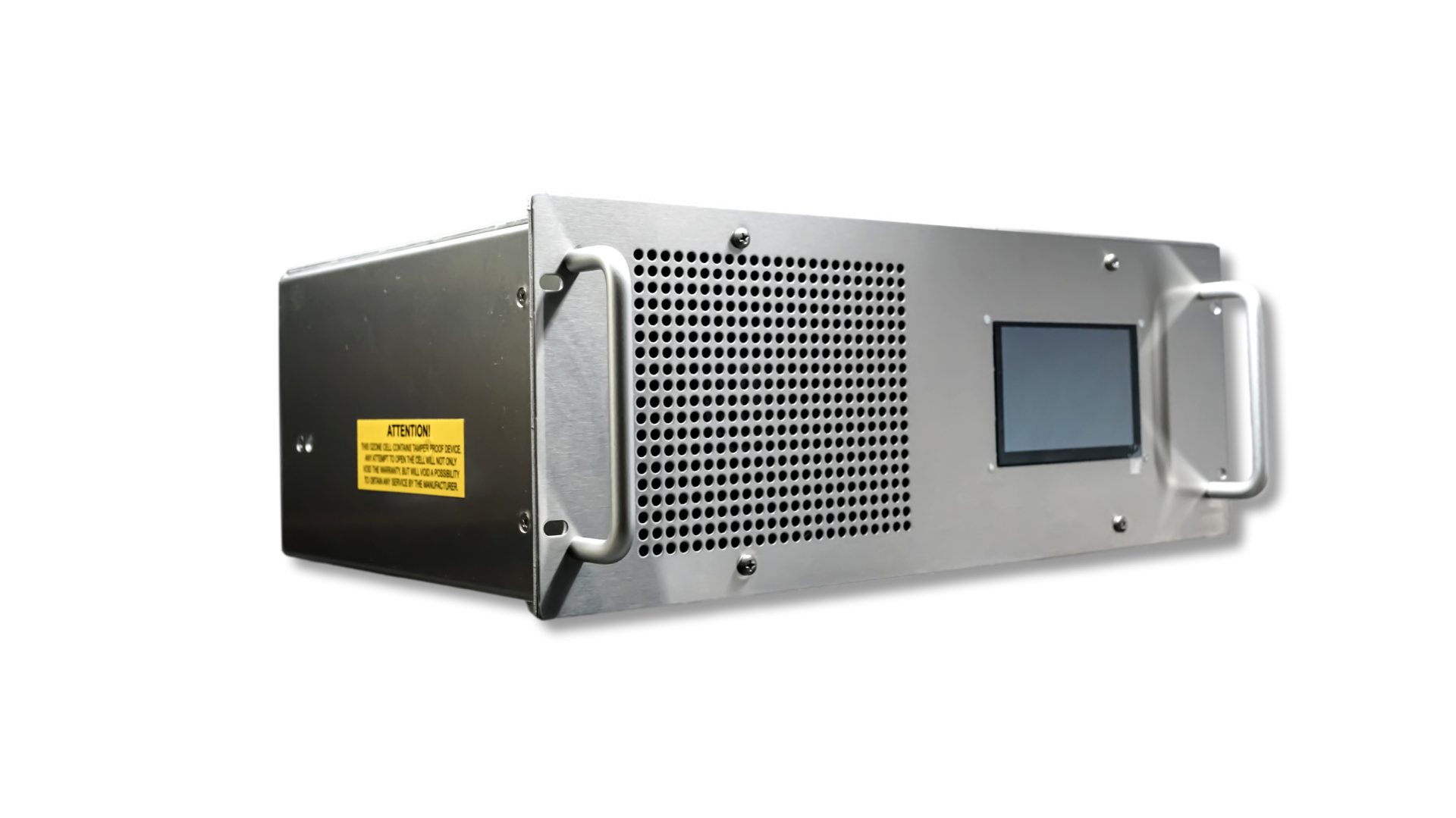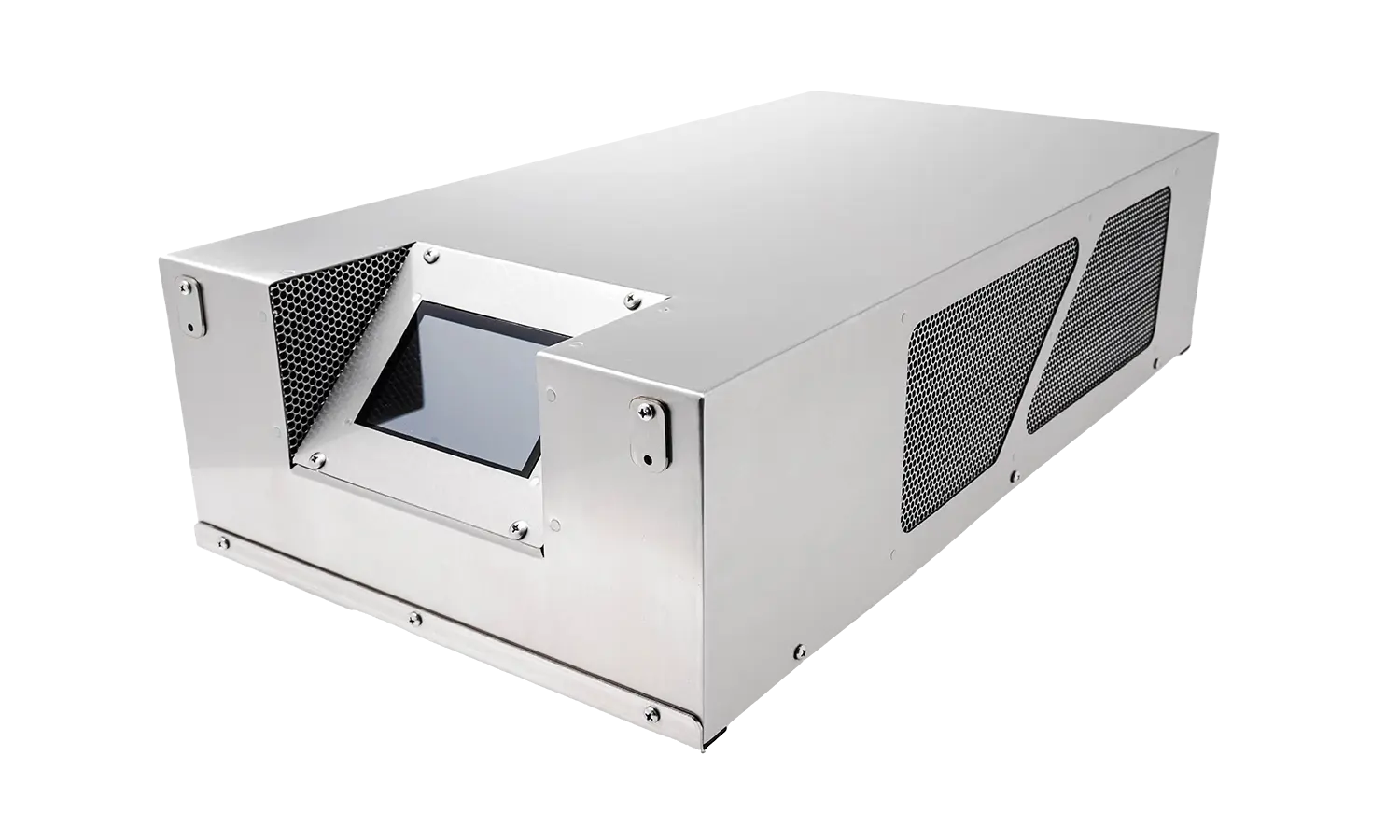Share This Story, Choose Your Platform!
Ozone Water Disinfection Cost – Spend only 0.03 cents/m³ on Your Treated Water
HERE ARE THE CALCULATIONS OF THE OZONE WATER DISINFECTION COST WHEN USING ABSOLUTE OZONE® GENERATORS
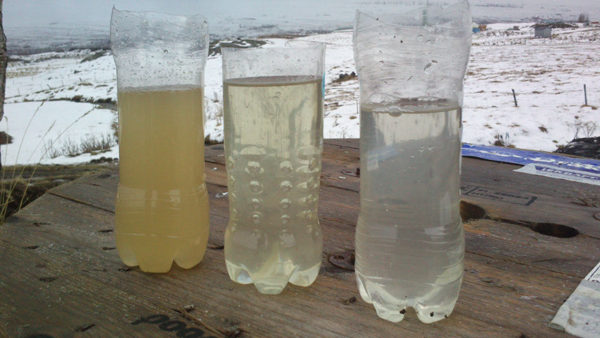
Ozone water treatment system have become popular for purifying water due to their effectiveness and environmental friendliness. However, as with any water treatment method, there are costs associated with ozone water treatment. In this article, we’ll show the cost calculations for any ozone water treatment systems and provide helpful insights to help you make informed decisions for your water purification treatment needs. So, let’s dive in!
The government ozone requirement for water disinfection varies depending on the country and jurisdiction. However, a concentration between 0.2-0.4 ppm of ozone dissolved in water will work to ensure a complete water disinfection process. First, let us accept a target concentration of 0.5 ppm so there is some contingency. Also, I suggest an ozone water treatment system working in an industrial environment 24/7 for this calculation.
Atlas 30 ozone generator made by Absolute Ozone® is capable of dissolving in water 20-25 g/h out of 30 g/h of ozone gas produced, as typically, the ozone gas concentration of this generator is 8-9% by Wt. Furthermore, in our experiments and information from some of our customers, 27g/h of dissolved ozone amounts were achieved; however, for contingency purposes, again, I would use only 20 g/h of dissolved ozone in my calculations.
1 ppm (One part per million) equals one unit for every one million units of the mixture. One ppm is equivalent to 1 gram of the substance per m3 solution. So, 1 g of ozone gas dissolved in 1 m3 will create a concentration of 1 ppm or 1 g/m3. So, the 20 g/h will create a concentration of 1 ppm in 20 m3/h or 0.5 ppm in 40 m³/h
We have Absolute Ozone® Generators in the field working without any maintenance, service, or spare parts now for over 20 years. My inspection of some of these units revealed no deterioration “wear or tear” inside these units, and they probably will last another 20 years, as there is no reason for them to stop. However, I will use only 20 years of service life for these calculations. 20 years x 365 days x 24 hours = 175,200 hours (over 20 years)
The Atlas 30 utilizes under 250 watts of power, while the Oxygen Concentration unit uses 300 watts, and the injection pump adds another 45 watts to the system’s total power consumption. The air pump plays a crucial role in delivering ozone and aiding the effectiveness of the ozone generation and water treatment functions. I will assume that the total power consumption of the ozone treatment will be 700 Watts to be on the safe side. I understand electricity costs differently in different states or countries but pay 11 cents per 1 KWh. $11 x 700 = $0.077 US total power cost per hour of the system.
As the system is disinfecting 40 m³/h costing $0.077/h the cost per 1 m3 is $0.077÷40 m³ = $0.001925/m³. As you can see, it is not very significant. Ozone generation is highly efficient, making the cost per m³ very low.
The list cost of equipment service and amortization over 20 years from our experience with our customers and published on our website list prices will be:
- Atlas 30 – $5,200 US
- Atlas 30 Service – $0
- AirSep Oxygen – $2,300 US
- AirSep Service over 20 years – $1,000
- Ozone pump – $350 US
- Service – probably $0, but I will add $350 US
- Accessories, PVC plumbing, Misc. – $500 US
- Total: $9,700 US
Let us assume that it is $10,000 over the full-service life to be on the safe side.
Variable ozone output controls can impact the cost, but they ensure precise and efficient ozone output.
The total amount of water disinfected over 20 years will be 40 m3/h x 175,200 hours = 7,008,000 m³
Then, the price of the hardware per 1 m³ of water is: $10,000 ÷ 7,008,000 m³ = ~$0.0014 US
Total price per 1 m3 power plus hardware amortization and service: $0.0014 + $0.0019 US = $0.0033 US
If my math is correct and everyone is welcome to verify it, this number is identical to the one I had indicated in my earlier comments. The ozone water treatment system’s price is $0.003 or 0.3 cent/m³
All information above is based on facts and can be easily verified by anyone.
We will always be glad to assist further.
Check these related ozone applications.
- Ozone water treatment for Fish Farming & Aquaculture
- Ozone water treatment for Bottled water
- Ozone water treatment for drinking water
- Ozone for Life Support Systems – Aquariums & Zoos
- Ozone water treatment for Cooling Towers
- Ozone for Hydraulic Fracturing
- Ozone water treatment for Laundries
- Ozone water treatment for Pulp & Paper
- Ozone in the Textile Industry
- Ozone Wastewater Treatment
- Commercial Ozone Swimming Pools
- Residential Ozone Pools
FAQ
What is the ppm of ozone?
The ozone concentration in water or gas is measured in parts per million (ppm) or sometimes in grams per litre (mg/L). One ppm is equivalent to 1 gram of the substance per m3 solution. So, 1 g of ozone dissolved in 1 m3 will create a concentration of 1 ppm or 1 mg/l
What does an ozone generator do?
An ozone machine is a device that produces ozone gas by using electrical discharge. Turning on an Ozonator creates a high-voltage corona discharge that breaks apart oxygen molecules (O2) and forms ozone (O3).
What do I need for a water treatment process?
The ozone water treatment process requires specialized equipment to produce and inject ozone into the water and a controlled environment to react with the contaminants. The specific equipment and materials required will depend on the size and complexity of the water treatment system and the specific contaminants or impurities that need to be removed. Additionally, ozone aids the overall water treatment process by neutralizing odours and sterilizing water and air.
- Ozone generator
- Oxygen source
- Ozone injection system
- Contact tank
- Other requirement accessories: Flow meter, Ozone destructor anti-flow device, Sensor and monitor, and other additional equipment may be needed for safety and control.
Does ozone remove odours?
Ozone treatment can be particularly effective in removing odours caused by volatile organic compounds (VOCs), which are often responsible for the “off” or “musty” smell in the water. Ozone can break down these compounds into less odorous products, improving the taste and odour of the water.
Is Ozonated water safe for drinking?
Ozonated water can be safe for drinking if properly treated and meets appropriate safety standards. Ozonation is a well-established treatment process used to remove contaminants, kill bacteria, and improve the taste and odour of drinking water. As ozone instantaneously reacts and reverts to pure oxygen, no dissolved ozone is in the water after treatment.
What are the disadvantages of using ozone to treat water?
- High initial costs: While it is true that the initial investment required for ozone treatment equipment can be high, it is important to note that the running costs of the process are relatively low. The investment can be recovered relatively quickly.
- Limited residual disinfectant: Unlike other disinfectants, ozone does not leave a residual disinfectant in the water, meaning it may not provide long-term protection against microbiological contamination.
- Ozone demand will depend on the impurities in the water. The dirtier the water, the more ozone you need to clean it. For higher levels of BOD/COD is recommended to use a pre-filtration to reduce organics in the water and lower the ozone demand significantly.

